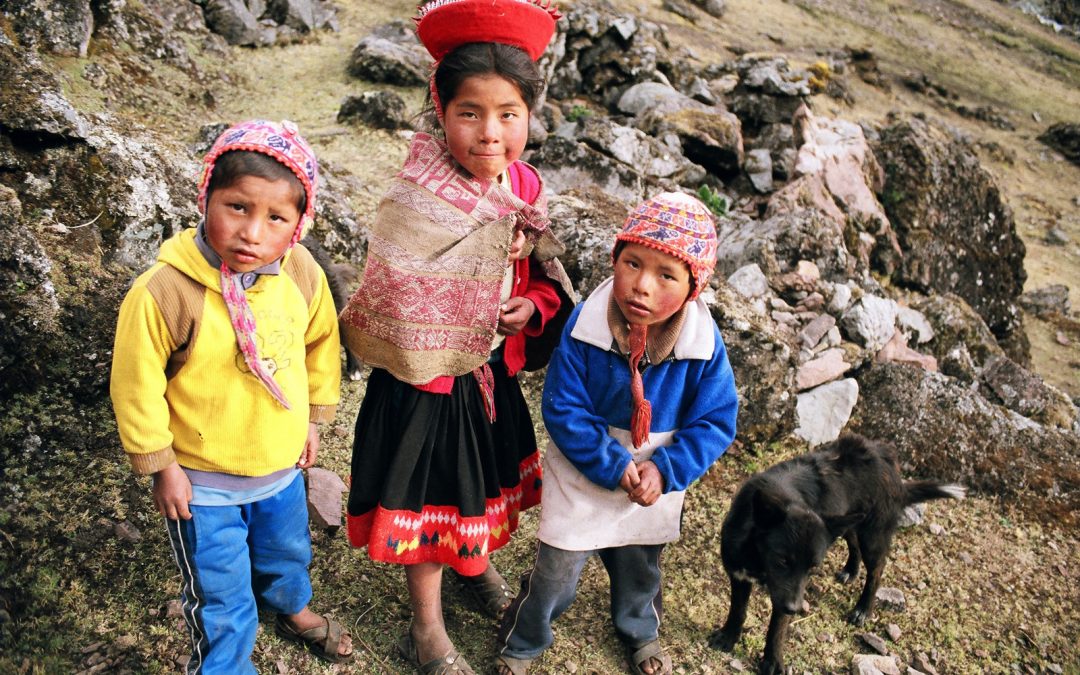
The Government of Peru: Poverty and Social Safety
Peru’s Poverty & Evidence
Poverty, it is a well-known topic that you have definitely heard of, worked on or even know someone who struggles from its conditions. Well, poverty have different categories and is linked with many stressful life situations, some of those links are substandard housing, homelessness, inadequate nutrition and food insecurity, inadequate child care, lack of access to health care, unsafe neighborhoods, and under-resourced schools which adversely impact our nation’s children and many more. Let’s see together how Peru’s Poverty was 10 years before versus now in numbers and what they did to alter the country’s situation.
The problem in 2009 and 2010 was that the percentage of the population living below the national poverty lines was high and government was much needed in order to plan and implement strategies in order to decrease this dangerous humanitarian problem. So this is a mini development project that fits in the first development goals that are set by the United Nations for countries to reach by 2030.
Statistics provided by the United Nations for countries helped in showing the world the effect of such problems in numbers in order to understand the size and urgency of such humanitarian world situations. In the below visualizations we can observe the evidence of poverty in Peru from the two graphs; the bar graph of population living on less than 3.20 U.S. dollars per day and the poverty headcount ratio. As we can see the poverty headcount ration in Peru was 33.5% in 2009 and the share of population living on less than 3.20 U.S. dollars per day was around 15% in 2010. Both numbers are high and reflect a real social problem that effects the country’s social safety negatively.


Potential Solutions, Details and Validation
Government is the critical entity and the solution provider for such huge objectives because the goal is on a country level. Social safety net programs are very impactful and practical approach for such problems where government can work on and implement. Government social safety net programs provide healthcare, health insurance, retirement funds, disability payments, education, and other welfare services to people. Such aids in different sectors improves the quality of life, in financial terms and overall wellbeing.
The social safety net consists of non-contributory assistance existing to improve lives of vulnerable families and individuals experiencing poverty and destitution. An estimated 36 percent of the very poor escaped extreme poverty because of social safety nets, providing clear evidence that social safety net programs. Which include cash, in-kind transfers, social pensions, public works, and school feeding programs targeted to poor and vulnerable households.
Post implementing social safety net programs we can validate their impact from the visuals above, were we can observe the following:
- The percentage of poverty headcount decreased from 33.5 % in 2009 to 20.2 % in 2019 which is a significant positive decrease.
- The percentages share of population living on less than 3.2 U.S. dollars per day decreased in half the value from around 15 % in 2010 to 7.5 % in 2019 which is another significant positive decrease.
However, from the below visuals we can observe that the benefit percentage of social safety net programs in percentage decreased from 68% to 50.5% between 2012 and 2019 in Peru knowing that the coverage of these programs is high, where it covers around 88% of the targeted population.


Findings and Recommendations of the social safety programs
The government should continue offering a variety of social safety programs in order to continue with its positive growth in terms of reducing poverty, unemployment and other social and economic difficulties. Funds must be used wisely and strategically in order to continue with those programs especially the critical ones such as the food subsidies for the extremely poor families via food coupons and stabilize price fluctuations of basic food items, which included sugar, rice, and meat besides cash transfers if applicable depending on area and technology available.
From the below Visuals we can observe that Peru successfully worked on reducing poverty and controlled social difficulties such as increase of urban population and controlling poverty gaps.
In conclusion, funds and strategic management provided by the governments shall improve the chances of success of the structural adjustment programs hoping to reach a level of zero poverty not just in Peru but also worldwide.
